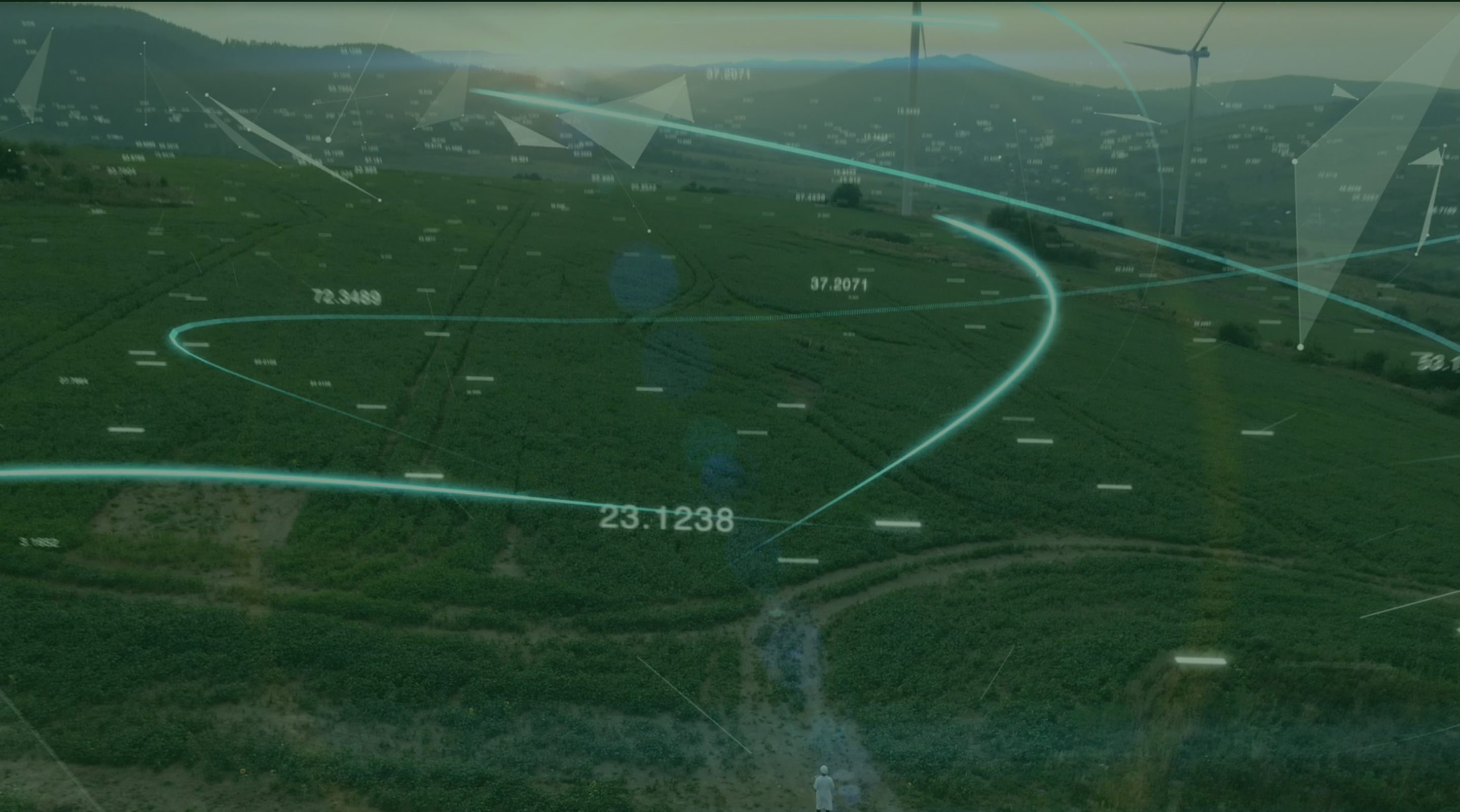Article posted by
Decarbonization, digitalization, and decentralization, the "3D" transformation, are tracking nicely in the first quarter of 2022. The electric power industry's job market has subsequently seen a boom at the start of the year. I thought I'd take a moment to look into how the "3D" transformation affects employment.
Decarbonization
Nearly three out of four customers were serviced by an organization with a 100% carbon reduction target, either an individual utility or utility owned by a parent company with a 100% reduction target. More customers are expected to be served by organizations setting ambitious carbon reduction targets in 2022 as consumer support for environmental initiatives and state clean energy mandates drive change.
The administration's target of providing 100% clean electricity by 2035 is already in full swing as the US electric power sector reached a 40% reduction in carbon emission since 2005. Progress has primarily been found by retiring coal-fired generation and sourcing energy from natural gas, solar, and wind.
Decarbonization has seen professionals turn from the traditional energy sourcing industries of oil and gas and seek opportunities in renewables as projects come to a close. Smaller, local projects to support wind and solar farms are seeing high demand for professionals. Our recent blog on transferring skills to the renewables industry delves deeper into this.
Digitalization
2022 is already seeing more utilities companies benefit from 5G technologies. 5G enables utilities to move data from smart meters, sensors, and other devices to the cloud, where they can more effectively and efficiently analyze and act on it. Not only is using 5G more efficient, but the scale is also increased. More devices can be interconnected to the grid, with up to a hundred times more connected devices transmitting a thousand times more data at much faster speeds than current wireless technologies.
Wireless sensor networks are also being adopted at rapid scale across wildfire areas. This technology detects fires within the first minute of ignition. Weather analytics is also sweeping the states where storms are prevalent, supporting effective coordination in preparation for storm-related power outages.
Here we see regions across the west coast, south, and southeast where natural disasters are more common, calling for professionals.
Remote working has also seen growth as a number of utilities use technology to connect employees better. Digital transformation at a company level has enabled feet on the ground to better communicate with back-office functions. The swing in change here has seen professionals command remote working as something they would need to move into a new role at a new company.
Congestion monitoring/mitigation solutions have also been taken on over the start of the year to help avoid congestion and curtailments affecting renewable power plants by rerouting flow around bottlenecks.
Decentralization
As new renewables projects emerge and are set to serve local municipalities, infrastructure in these areas needs to be up to scratch. Here we see projects of all sizes as the market moves from centralized to local energy sources.
To make this happen, as an example, out on the west coast, we have seen updates to existing steel-based conductor/wire transmission technologies. These new kinds of conductors can increase the capacity of existing lines 2.5 times without changing or retrofitting the existing supporting infrastructure. Grid operators can then accept significant increases of renewable power generation coming online at minimum additional cost to electricity consumers. The constrained electric grid is then opened up at minimum cost for new sources of energy.
Hiring is prevalent around cities where more projects are being implemented to serve the most people. Decentralization is the area of most significant growth in opportunities for professionals due to the amount of projects sourcing alternative energy sources. With fewer professionals in the industry than currently needed to fulfil the amount of work available, compensation has seen an increase for those starting new roles in Q1. This is expected to continue throughout 2022 as qualified professionals become harder to source.

